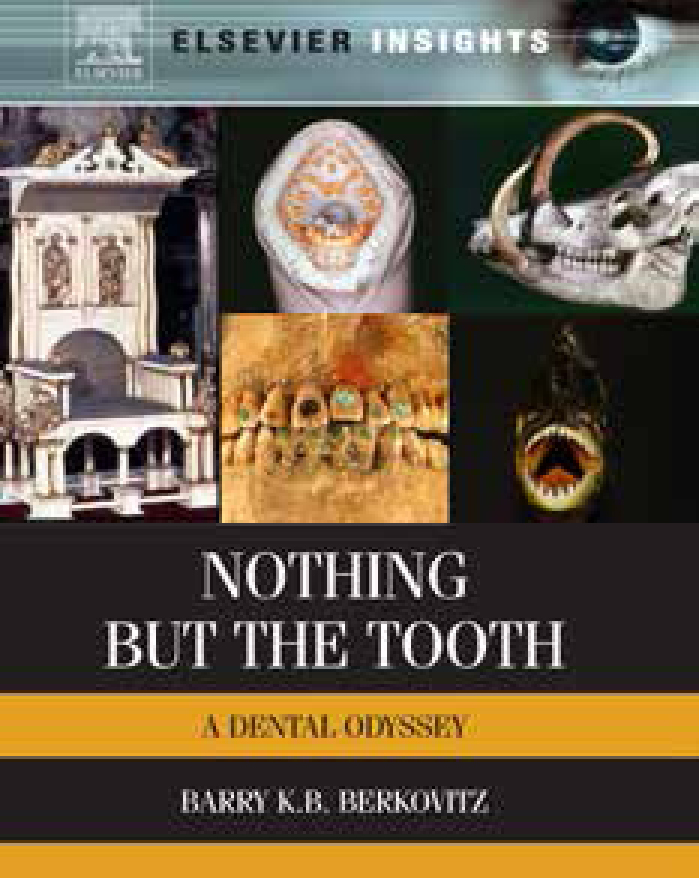Article
Nothing But The Tooth: A Dental Odyssey

Question: Did you know that?:
If these are the sort of facts which interest you, then this is the book for you. While it may, at first, look like a textbook, it is much more than this and reads almost like a novel crammed with interesting facts related, more or less, to teeth. The author, Barry Berkovitz, is well known for his career in teaching and researching the structure and function of teeth, and this book illustrates the vast array of interesting material that he amassed during his career, which goes well beyond the comparative anatomy that some of us were taught.
The book starts with a chapter on the jaws of piranhas and explains their extremely specialized teeth, which are put to good effect when these fish hunt in packs. This chapter is followed by one on tusks and ivory. Of note are the facts that, while elephant tusks represent this animal's central incisors in the upper jaw, the tusks of the hippopotamus represent its upper incisors and lower canines and walrus tusks are its upper canines. This chapter then goes on to describe other animals and their tusks. Diverting away from teeth for a chapter, chapter 3 describes how two young dentists (Horace Wells and William Thomas Green Morton) changed the history of surgery by their experiments on anaesthesia. The book returns to teeth for subsequent chapters: teeth in unlikely places; how teeth can reveal where you come from and what you are; and why we cannot have lots of sets of teeth (like a shark!). Believe it or not, there are drawbacks to that. Chapters 14 and 15 cover two notorious people with dental connections and two famous people with dental connections. One of these is Paul Revere, whose exploits are well versed in American history. He was originally a silversmith whose company was struggling, thereupon he decided to enter the dental profession (easy to do in 1768!).
The final chapter of this entertaining, interesting book brings us to a subject in vogue today, A winning smile, but these are smiles with a difference since this chapter deals with a variety of different types of dental modification.
There is no question that this book fulfils the original objective of the author when he collected the material, namely, to demonstrate how enjoyable the subject of teeth can be. It comes highly recommended!
